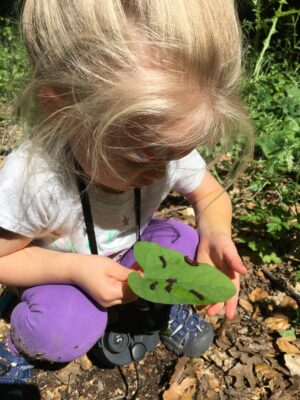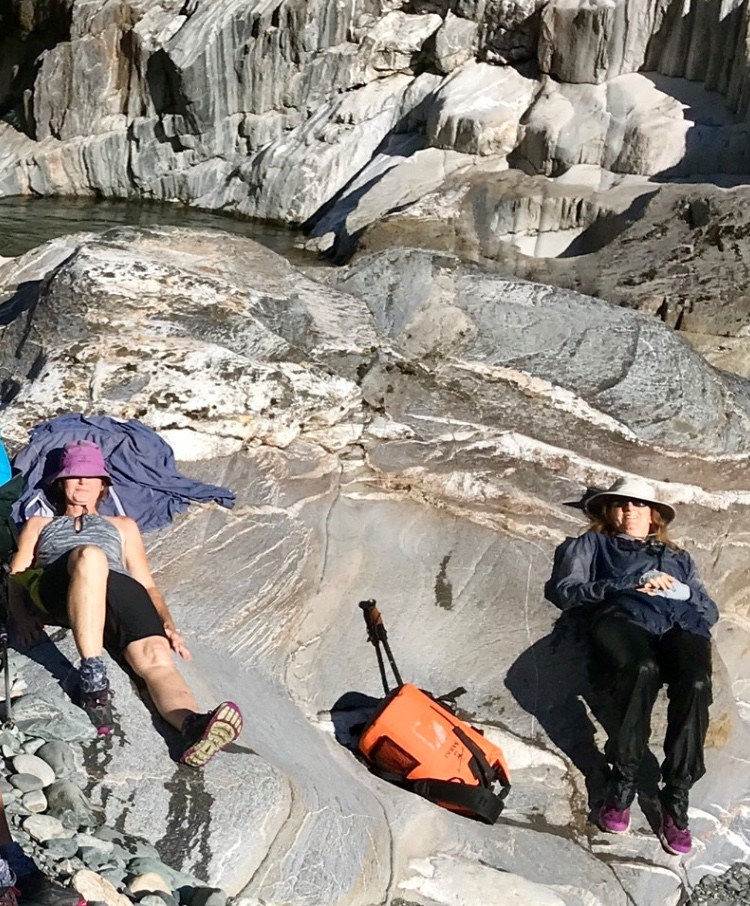As I read the article, “As floods, fires and temperatures worsen, these architects design homes to withstand climate change” by David Walter this morning in the Washington Post, it gave me a new point of view for looking at our communities and problem solving environmental impacts and livability over the next hundred years.
Walker interviews the renowned smart-growth architects Andrés Duany and Elizabeth Plater-Zyberk about how their approach to designing smart growth communities has evolved over forty years and how they are now factoring in climate resiliency. Duany explains, “Sustainability is about mitigating and reducing emissions. Adaptation and resilience are about being ready for the changes that are being made.” As we make our buildings more sustainable, if we do not also think about how our buildings can keep life comfortable and protect us from smoke, heat, and fire, we minimize the usefulness of our investments and put ourselves in physical danger. We also pollute less when we protect and use what we already have instead of rebuilding from scratch.
This literally hits home when I think about my family’s house in Auburn, CAm and what it would be like to live there for the next 100 years of extreme climate. Today, if there is extreme heat, smokey air, and a power outage at the same time, the house becomes sweltering, the water supply shuts off and the house becomes nearly uninhabitable. Despite having a sustainable home achieved by ‘greening’ gadgets installed over the years, from solar to LED bulbs, I now see that the house has low resiliency. “On a building level, Duany and Plater-Zyberk are advocating what’s called climate-resilient or adaptive architecture, meaning flood protection, backup generators and building fortifications,” writes Walter. This is a daunting task. So as I think of the repairs that need to happen anyways around the house, I am now asking myself, is there a simple way that the repair solution can also contribute to resiliency or system redundancy? Yet it is also unrealistic to expect every building owner to invest in resiliency and I’m sure some buildings are too low value to justify retrofitting. We likely need a collective effort to adapt. So what does resiliency look like at our community scale? How can we ensure that everyone is safe, protected, and productive during the reoccurring and prolonged weather emergencies?
“On the level of town planning, this means incorporating weather shelters, water caches and emergency coordination centers in residential neighborhoods — similar to the way that planners portion out features such as fire hydrants and storm drains,” Walter explains. He provides lots of interesting examples of what architects are doing across the county. In contract to the Auburn, CA, area, our resiliency plans mostly seem to be emergency plans. We are susceptible to bad air quality, extreme heat, fire, pandemics, and power failures. What does our community need to stay functional?
You probably remember last fall when we had a series of multi-day power outages and how people coped or failed to cope, with it. Maybe, like my family, you had a PTSD-like reaction for months after whenever the lights would flicker. Once the outages started, PG&E hurried to set up temporary tents in the Fairgrounds parking lot for cooling centers equipped with water stations and phone chargers. While this provided respite for a few hours, the stations were not equipped to bridge a lack of resiliency for those utterly helpless or those that just needed a leg up at being self-sufficient. As the outages dragged on for days, self-sufficiency became harder and peoples’ needs became greater. For example, my family was unable to water our livestock without the electricity to power the well pump so we had to fill water barrels at a friend’s tap in town to keep the pasture tanks from running dry. While the emergency station at the fairgrounds had a water station, it consisted of handed out individual water bottles. This nice yet utterly useless gesture did not help my family address our water shortage. A year later, we are still working on making sure this problem never happens again. Like my family, our community likely knows the problems we need to solve for next time but picking a solution and implementing it is hard. We need to working together to figure out what new resiliencies to implement. We should consider how these can last not just for a season, but become apart of our community infrastructure for years- maybe even 100 years- to come. What ideas do you have for keeping your area livable for the extended future?
You can read the thought provoking article here:







